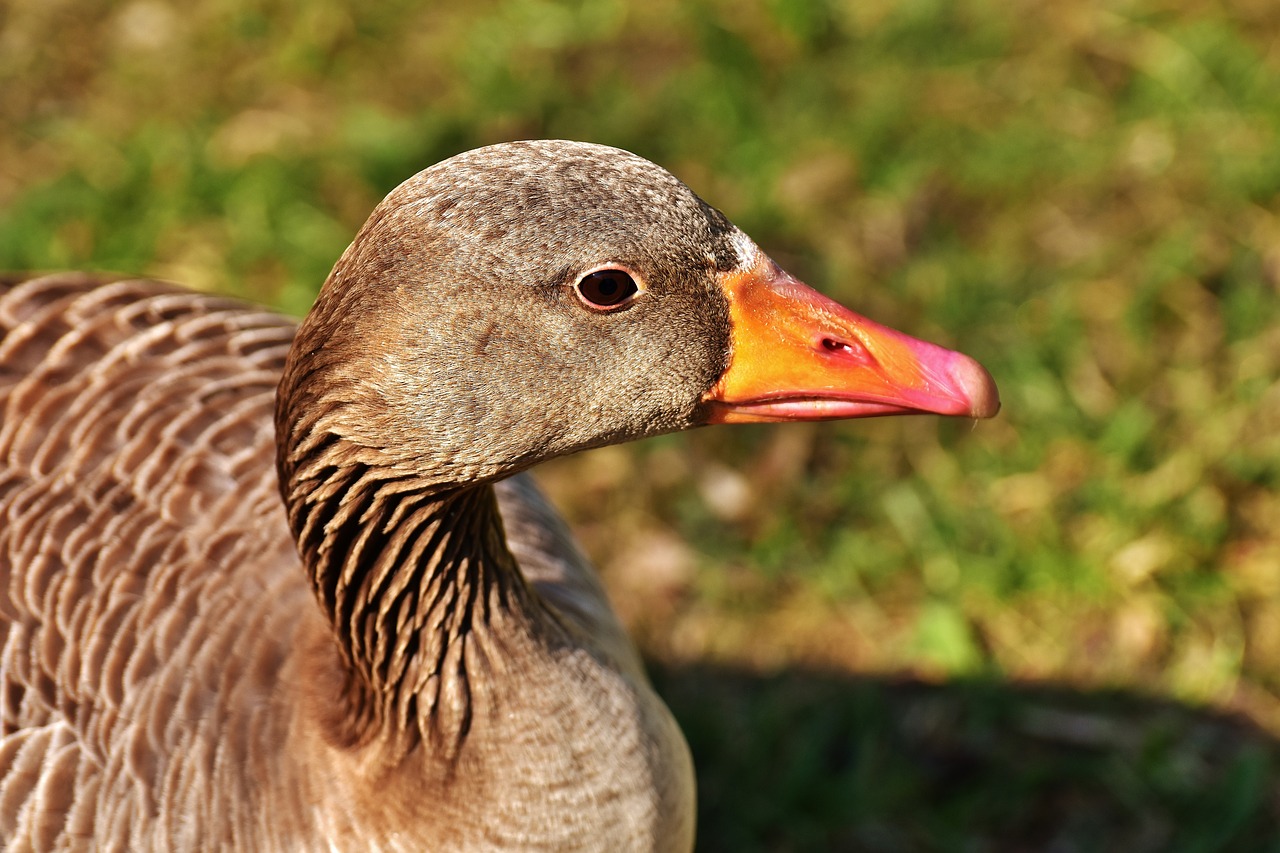Neck collar retention in a Greylag Goose Anser anser population
DOI:
https://doi.org/10.34080/os.v10.22874Keywords:
bird ringing, bird banding, ringing recoveries, marking methodsAbstract
A total of 179 recaptures, obtained one to eleven years after collar placement, was used to estimate neck collar retention rates in a marked breeding population of Greylag Goose Anser anser in Scania, southernmost Sweden. Owing to a very high year-round re-sighting frequency, all calculations were made on the total time neck collars had been exposed to potential losses. The overall annual neck collar retention rate was 97.1±0.7%. The annual loss rate was four times higher in males than in females (5.5±1.5% vs 1.4±0.5%), twice as high among birds collared as goslings than among those collared as breeders, both in males (8.4±4.0% vs 4.6±1.6%) and in females (1.7±0.9% vs 0.7±0.7%) and markedly higher among individuals wintering in southwestern Spain than among those spending the winter elsewhere, both in males (9.1±3.1% vs 2.5±1.4%) and in females (2.3±1.1% vs 0.6±0.6%). Shooting was the main cause of neck collar loss, but most collars did not actually fall off until during the following breeding season. Suggestions are presented of how these results ought to influence the analysis of survival rates based on re-sightings of neck-collared individuals from this population.
Downloads

Downloads
Published
How to Cite
Issue
Section
License
The copyright of each contribution belongs to the author(s), but all contributions are published under a Creative Commons license, so that anyone is free to share and reuse the contribution as long as the copyright holder is attributed.







